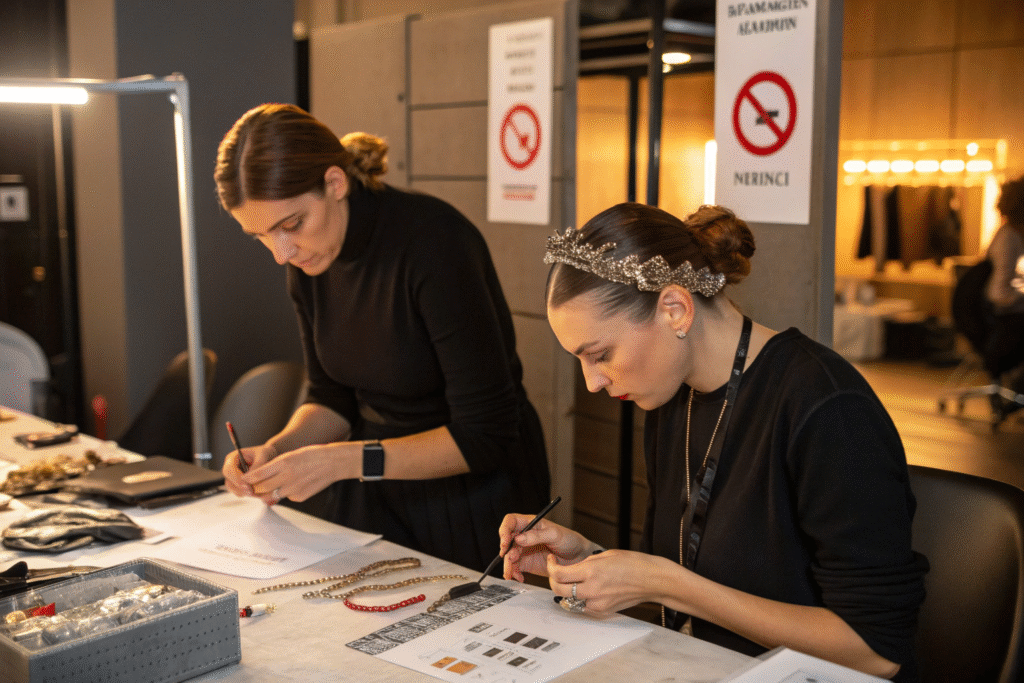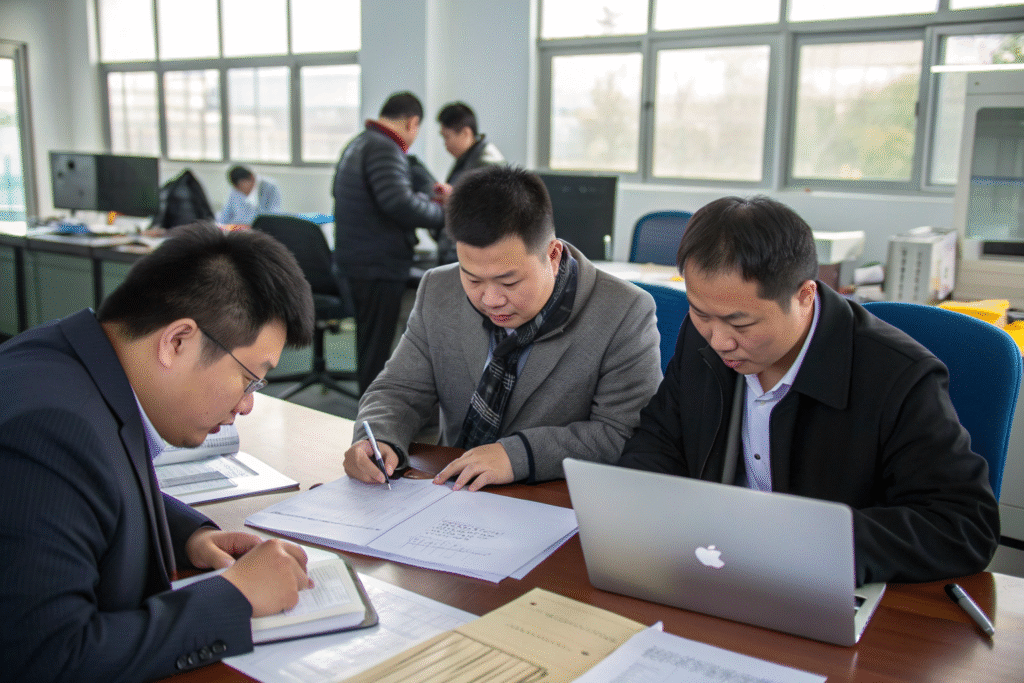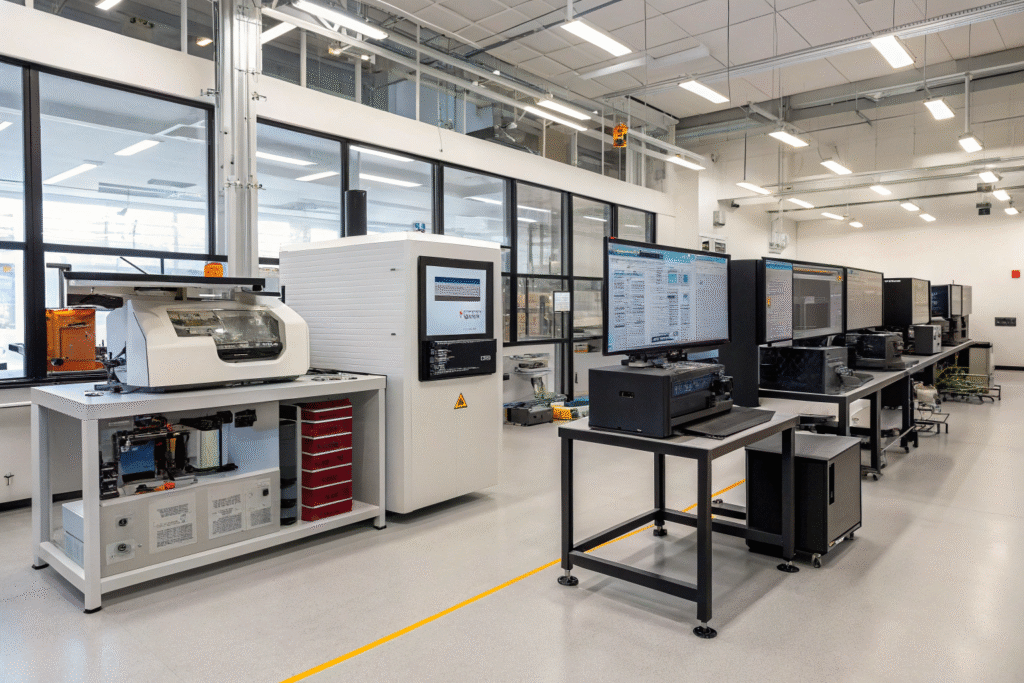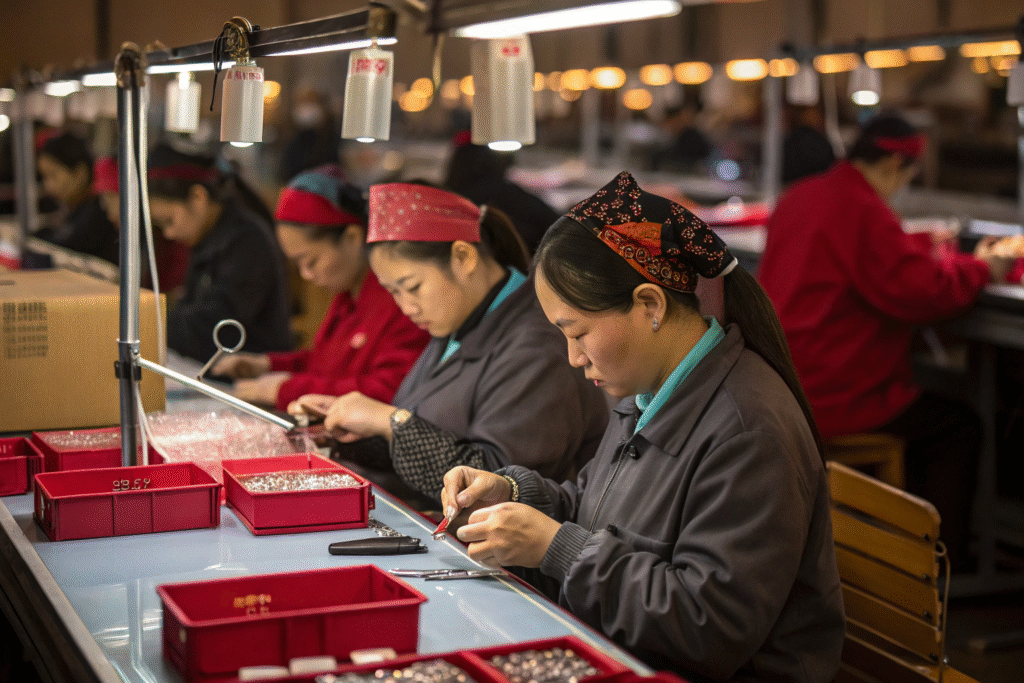In the competitive hair accessories market, protecting intellectual property (IP) is not just a legal obligation—it’s a business survival strategy. Counterfeiting, design theft, and unauthorized distribution can erode your brand’s value in weeks. As a manufacturer and exporter in this field, I’ve seen firsthand how careless IP handling can destroy years of hard work.
The answer is simple—top factories implement strict design confidentiality, controlled supply chains, legal safeguards, and advanced technology to secure clients’ creations from sketch to store shelf.
This matters because in today’s global sourcing environment, buyers like you need both style innovation and security. By the end of this article, you’ll know the exact processes elite factories use to protect your brand assets, so you can source with confidence.
How Do Factories Prevent Design Theft?
Even the most beautiful product loses its market impact if it’s copied before launch. Design theft is a key concern for buyers and brands in our industry.
The best factories protect against this by limiting access to design files, storing samples in secured areas, and signing confidentiality agreements with all staff and subcontractors.

How do they manage internal design confidentiality?
Factories implement tiered access control systems. For example, only authorized pattern makers or engineers see the full CAD design files. Workers on the floor handle only their assigned production step. This approach, similar to what’s explained on WIPO’s official IP protection page, prevents any single person from having all the design details.
Do they use NDAs with employees and partners?
Yes, top suppliers always integrate non-disclosure agreements into hiring contracts. This also extends to third-party services like Pantone-certified dyeing houses, ensuring no color formula leaks to competitors. These contracts carry penalties to deter breaches.
What Legal Safeguards Do They Use?
Legal frameworks act as the backbone of IP protection strategies. Without them, even the best security systems have gaps.
Factories partner with IP lawyers to draft customized agreements that comply with both Chinese and international law. They also register designs and trademarks on behalf of clients when requested.

Are trademarks and designs registered internationally?
A reputable manufacturer will recommend filing in your target markets using systems like the Madrid Protocol for trademarks and the Hague System for industrial designs. This way, your product’s legal shield extends beyond China.
How do contracts protect buyers?
Production agreements outline IP ownership, limit factory’s right to produce similar items for other clients, and include penalties for unauthorized distribution. Many refer to jurisdictions favorable to enforcement, such as Hong Kong or Singapore arbitration clauses, similar to guidelines from ICC Arbitration.
How Is Supply Chain Security Maintained?
Securing the supply chain prevents leaks at multiple points—especially when subcontractors are involved.
Top factories map every stage of production and distribution. They integrate tracking systems from raw materials to shipping, ensuring no extra units or defective copies are sold on the grey market.

How do they control subcontractor access?
Subcontractors receive only partial orders or component tasks. This segmented work flow, inspired by best practices from ISO 28000 supply chain security management, keeps the complete product design out of their reach.
What tech tools help secure logistics?
Many adopt RFID tagging and blockchain-based tracking for high-value accessories. These tools verify authenticity at every checkpoint, ensuring only authorized buyers receive the goods.
How Do They Use Technology for IP Protection?
Technology is now one of the strongest shields against IP violations.
Advanced manufacturers use AI, 3D modeling, and secure cloud systems to control design flow, while digital watermarking helps track unauthorized reproductions online.

How do they track copied designs online?
Factories may work with services like Copytrack or Pixsy to scan the web for product images and request takedowns. This proactive monitoring reduces the time counterfeit goods stay in the market.
Are prototypes secured digitally?
Yes. Digital files are encrypted and stored in secure cloud platforms like Autodesk Vault. Access logs record every file view, so any leak source can be traced immediately.
Conclusion
Intellectual property protection in hair accessory manufacturing is no longer optional—it’s essential to survive in a globalized and highly competitive market. From locking down design rooms to encrypting CAD files, from international trademark registration to tamper-proof logistics, the best factories make IP security part of their daily operations.
If you want your next headband, claw clip, or silk scarf design to reach the market safely and exclusively under your brand, partner with a factory that treats IP protection as seriously as you do.
For secure, high-quality, and trend-driven hair accessory production, contact our Business Director Elaine at: elaine@fumaoclothing.com to discuss your custom order with HairAcc today.









